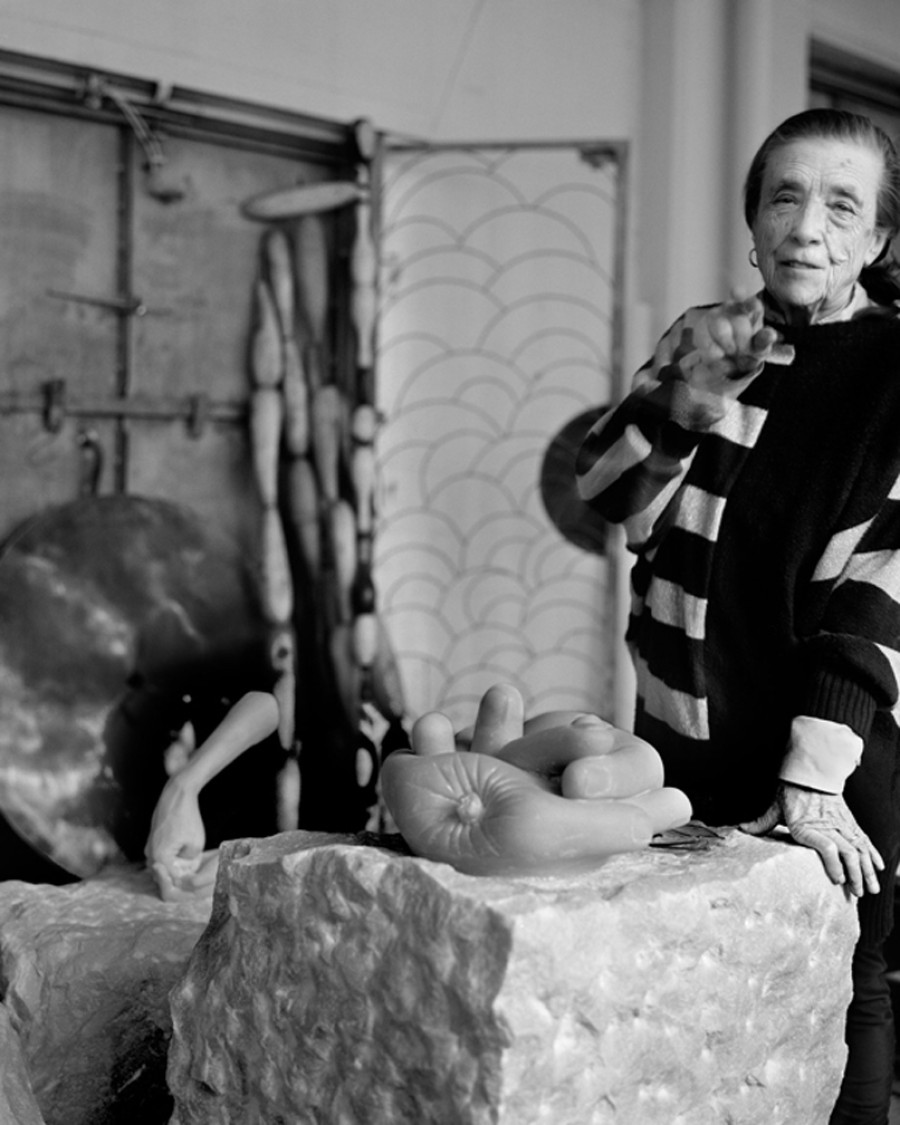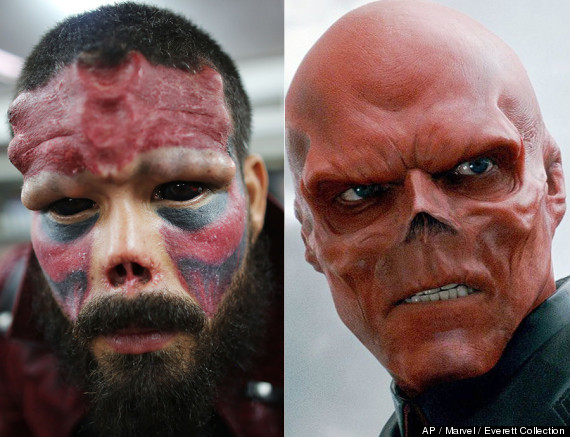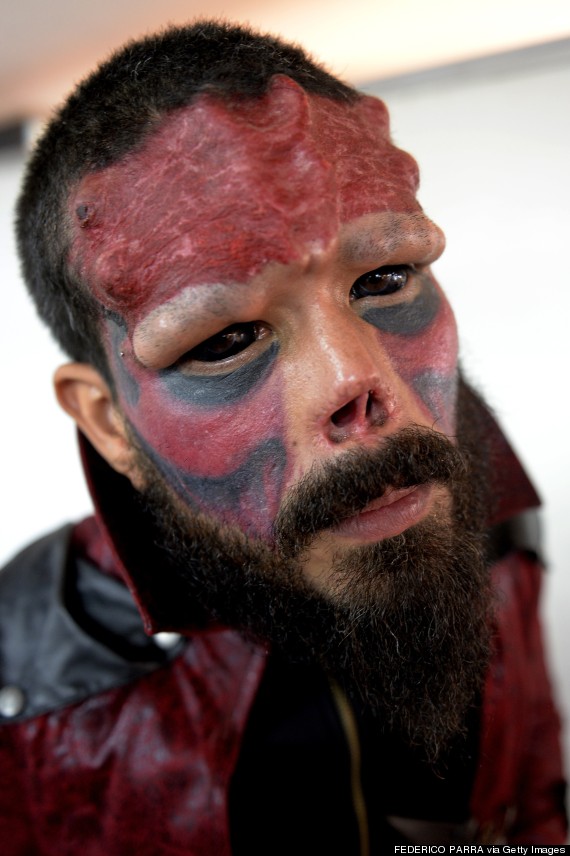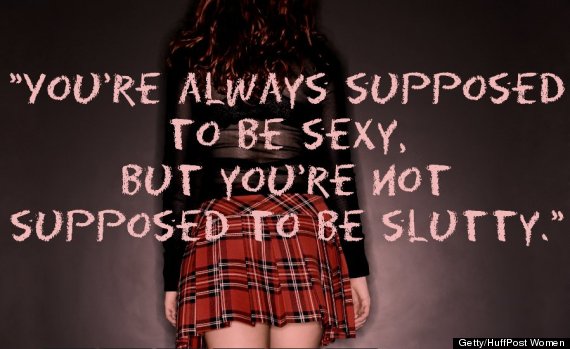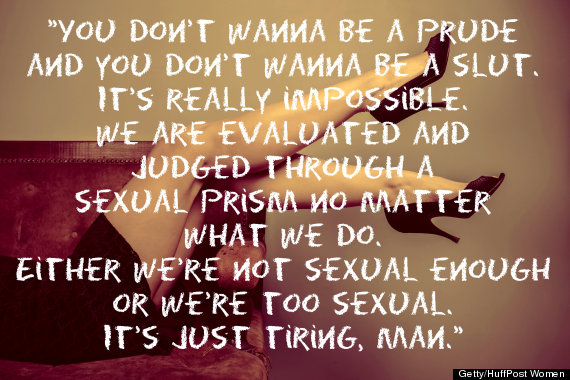With just a few days until Sunday's Grammy Awards, the roster of performers continues to grow. Specifically, it's being loaded with more of the unusual A-list collaborations for which the Grammys have become known. The latest include
Beck and Chris Martin,
Sam Smith and Mary J. Blige, and
Ed Sheeran and a slew of others. Before any of those combos were announced, HuffPost Entertainment chatted with National Academy of Recording Arts and Sciences president Neil Portnow, who's overseen the Grammys since 2003. Here are excerpts from our conversation about how the show's all-star moments come together:
The Grammys have become known for all-star collaborations. How did that start?
When I got the job, I met with our producers at the time, including
Ken Ehrlich, and one of the things I said was that the one thing that always really appeals to me are those moments where you’ve got interesting combinations of artists, whether it be about different generations or different genres or different genders or different biographical backgrounds, and also the fact that there’s an educational component to it because there’s something to be learned about the relationship between some of these things historically. We came to the conclusion that one of the signature elements of the Grammys should be what we call "Grammy moments." Over the years, obviously we’ve stayed true to the philosophy, and the way that they get put together isn’t cookie-cutter or by any particular book.
How do you put together the unusual artist combinations that we see on the telecast?
It comes from a few places. No. 1, I am formally a musician. Ken wasn’t exactly a musician, but he has an encyclopedic knowledge of popular music. The Academy’s membership and those from the Academy who help shepherd the process through are also musicians. The other part of it is that artists have their own ideas and views about things that might be exciting or interesting to them musically, and what’s happened over the years is -- because Grammy moments have become one of the signature moments of the Grammy awards show -- artists have a sense even before they might get a phone call. Sometimes an artist will walk in with an idea they’ve been thinking about, and we talk about it and we love it and that’s where we go. Sometimes we on the Academy and production side will have an idea for somebody and we’ll bring it forward, have a discussion and then see how they feel about it. It’s very collaborative.
What are some of the types of ideas you will present to artists you've asked to perform?
For example, every year we have the lifetime achievement awards or trustees awards or MusiCares Person of the Year award. These are all the highest honors that the Academy bestows, so there can be a treasure trove of opportunities in some of those recognitions. It was a few years ago that the Academy’s board determined that one of the lifetime achievements was going to go posthumously to Janis Joplin. So Ken and I had that conversation and we thought, “Yeah, this is a really great idea, let’s see if there are some artists who might resonate with that and want to go out there and tribute Janis Joplin.” The first thought was Melissa Etheridge, who we know and we love and thought could do a really incredible job, and it was an interesting thought because she’d just been on the backside of her battle with cancer, just to the point where she was ready to come out and sing again. She loved it and said, "Count me in.” Then we thought, “Well, maybe we could expand this a little bit because we are talking about a generational play here. We’re talking about someone who was very young when she was successful and who’s long gone, and then we’re talking about Melissa, who’s fairly established as an artist, and might we find someone else who’s very young and earlier in their career, kind of like the way Janis was at the beginning, to come into this?" In particular, Joss Stone was breaking through. We had that conversation with Melissa, and then we went to Joss, who loved the opportunity, and, long story short, it was a historical night. The two of the killed it and it’s one of those moments people will talk about forever.
Sometimes the collaborations are less obvious than others. I'm thinking of Celine Dion joining Smokey Robinson and Jennifer Hudson for the Michael Jackson tribute in 2010.
When we think about these things, we are thinking from a musical perspective, and not from a limited point of a view. That is, “What might an artist be capable of doing if we asked?” and “What might an artist actually enjoy doing that’s out of the predictable or what we’ve seen them do and that’s an opportunity for them to stretch and really fill a side that others maybe haven’t had a chance to see in a safe environment?” When you think about that, you come up with ideas that aren’t necessarily ones that everyone else would come up with. So, if you want to use your example of Celine in the Michael Jackson piece, what is it about Michael Jackson that connects with Celine? A couple of things: One is Michael is one of the finest singers ever in popular music; so is she. Michael was renowned for extraordinarily high level of repertoire, so the songs that Michael recorded, whether he wrote them or collaborated on them or whether he found them, were always the greatest, which is why the legacy of the music will be here forever. Same is true for Celine; she records the finest songs. If you look at that bridge there, then you start to think, "Well, that’s not far-fetched at all," and then the bottom line is, "How does she feel about it?" She clearly was a huge fan of his and his music. She really savored the opportunity to pay tribute to him.
![celine dion michael jackson]() Jennifer Hudson, Celine Dion, Smokey Robinson, Usher and Carrie Underwood perform during the 2010 tribute to Michael Jackson.
Do you know exactly what the performances will look like by the time the telecast begins?
Jennifer Hudson, Celine Dion, Smokey Robinson, Usher and Carrie Underwood perform during the 2010 tribute to Michael Jackson.
Do you know exactly what the performances will look like by the time the telecast begins?
Over the course of production for the show, yes, we surely do know. The bookings of the show begin only after the nominations are announced, which this year was Dec. 5. So between Dec. 5 and Feb. 8, put Christmas, New Year's and Martin Luther King Day in between, you can see it’s a very short window and a very massive undertaking in a very brief amount of time. Now, that being said, here we are a little more than a week out from the actual show and still bookings are being made. There are still changes being made, so in certain cases, we know a great deal about what those performances are going to be because we’ve been working on it. In other cases, they’re added or come in and are sort of fleshed out later along the way, and we don’t know until closer to the show. But in every case, there have been rehearsals of the full production numbers in rehearsal studios and off-site locations, and then ultimately every performance is rehearsed on the Grammy stage at the [Staples Center], individually, and then day of show, there’s a full dress-rehearsal run-through, top to bottom, in the morning, and then we come back at 5:00 p.m. live for the show.
Do you get final approval on all the performances, or, barring broadcast censorship issues, is it a free-for-all?
It’s truly a collaboration and at the end of the day you can’t –- what’s the idiomatic expression? You can’t lead a horse to water if they don’t want to drink, or however that goes. You don’t want to try to ask an artist to do something they don’t want to do or that they’re not comfortable with or don’t believe in. Ultimately, it’s just a process of getting to that. That might wind up being an artist fully embracing an idea that we’ve put forward, or it might be an artist who has their own idea and thoughts, and, after communicating with us, we’re all on the same page and we want to facilitate the greatest performance they’ve ever done behind that idea. To your point, there are certain kinds of things that we can’t do because network television is governed by federal law and they have the rules and regulations set up by the FCC, and each network actually has a standards-and-practices employee who will be at all shows of all kinds of all tapings to ensure that whatever content is broadcast on network television meets the requirement of the rules or regulations. That has nothing to do with the Academy; it has nothing to do with the artist.
What sort of fires do you have to put out during the telecast?
If I were a religious man, I’d be in prayer. There are so many things. If you want to categorize it, there’s certainly all the technical stuff that can happen and not go the way you hoped. I am not a technician. I’m not capable of solving those issues. The question then becomes, "What’s the knockoff effect of the technical problem? Do you have to re-sequence something that’s going to happen on the stage?" Somebody’s a no-show at the last minute. Somebody’s ill and can’t perform. We’ve certainly had that happen, not necessarily in the midst of the show, but hours before. Maybe something goes way over time for some reason and we find ourselves needing to catch up because, again, it’s physics at work here and we don’t have unlimited time. Things of that nature.
The Grammys recruit as many yesteryear artists as it does current Top 40 acts. How do you decide which demographics to appeal to? For better or worse, much of the coveted 18-to-34 demographic doesn't want to see AC/DC perform.
Fans realize that what you get at the Grammys is going to be unique and different than what you’re going to get at another show, which is fairly predictable and fairly narrowcast in terms of the demographic they approach. We are, first and foremost, the Recording Academy, so by nature we represent the entire community. We have 83 categories that represent that wide spectrum, so part of the mission is the diversity of music. The second part is, "Do we truly believe that music, being the universal language that it is and having the timelessness that it does, that given the right setting, everybody has the possibility of appreciating a wider range of music than perhaps they’re even aware of?" It’s just a matter of exposing them to it. You talk about the younger demo who is really attracted to and spends most of their time, if not all of their time, listening to younger, contemporary artists. When they see somebody they’d heard about but maybe don’t know, or maybe somebody they don’t know at all, but in the context of everything else going on -- even directly, perhaps, in the context of appearing on the stage with someone from another generation -- it can be eye-opening. That’s why, from a ratings standpoint, we’re doing 30 million viewers domestically now, and why this really is event television: because people want to see that.
Some criticize the Grammys -- and all award shows, really -- for being out of touch and predictable. What do you say to those sentiments?
The numbers really speak for themselves. We’ve had, the past few years, record-breaking numbers of people watch the show, and not only in America, but we’re broadcast in 190 territories around the world. The critics may have shots they want to take at certain shows, and in a world where it’s so easy to blog or be online or have an opinion about things, certainly there will be those who have perhaps not a positive thought about what we do or what some of the other shows do. But the fact is we’re the market leader. We’re the juggernaut of music shows and it’s really important to us, not because it raises money for the shareholders or that we’re positioning our IPO. It matters because the future and the fate of next generations of musicians really depend on there being an audience that cares about the music and appreciates it and is willing to, from a business standpoint, purchase that music, which allows these great musicians to make a living at what they do. If you don’t have an environment where musicians have the opportunity for their work to be fairly compensated, then they’re all out having to wait tables and do other kinds of work. To me, the mission of the Academy, promoting and having the success that we have, is all about providing that platform for those musicians, singers, songwriters, producers and engineers, but also providing that platform for music fans to be able to see and appreciate something at the highest level of quality that raises the bar with the highest standards and keeps them interested and engaged.
Do you know who will open the show this year?
Not yet. Quite honestly, we think we’re there. This show is so dynamic and so fluid that things can change in the 11th hour. Frankly, while we want to be buttoned up and prepared and have as much done in advance as possible, we also want to leave enough air for this show to breathe because something can come up between now and a week from Sunday that’s unexpected.
Like the Whitney Houston tribute in 2012.
Exactly right. So on that basis, we try to balance it. Let’s be ready, let’s be buttoned up, but let’s also be able to be nimble and make sure we have the options we need in case we need it.
The interview has been edited and condensed.









